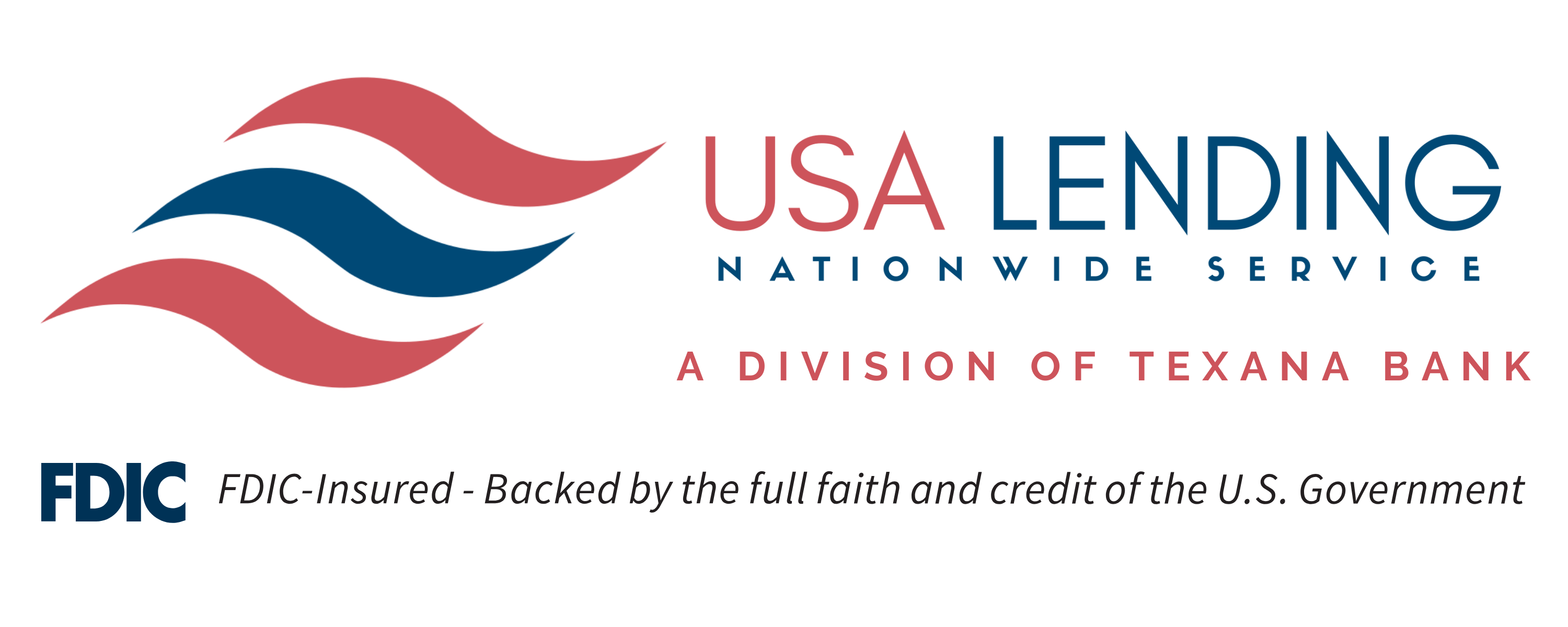For many first-time homebuyers or those with less-than-perfect credit, navigating the world of mortgage options…
USDA vs FHA Loans: Which Is Better for You? Compare Now!
If you’re looking for a loan to buy your home, you may have heard of the FHA and USDA loans. These are programs that facilitate the purchasing of homes, but they each have a different process, set of requirements, and advantages. Therefore, you need to examine each of these factors to understand better how you can attain these advantages and use them to their maximum effect.
In this blog, we’ll compare USDA loan vs FHA loan so that you can choose which is best for you.
What Are USDA and FHA Loans?
The United States Department of Agriculture (USDA) loan and the Federal Housing Administration (FHA) loan are mortgages that facilitate buying a home. These loans have favorable advantages over conventional loans. For instance, they have fixed interest rates and low down payment.
Furthermore, the US government backs these loans. Hence, financial institutions are willing to offer favorable terms when they would normally have higher requirements for those applying, such as a high credit score.
The Differences between FHA and USDA Loans
Though the USA government backs both FHA and USDA loans, they have many differences. After all, the US created these two loan types for different purposes. The US created FHA loans to make buying homes more accessible to lower-income individuals. Meanwhile, USDA loans assist lower-income individuals in purchasing a residence in a rural region.
These purposes then go on to affect the procedures through which you need to go through to receive one of these loans.
Here’s a table putting all of the differences together for you to analyze and decide which is best:
| Differences | FHA | USDA |
| Income | Any Income | Maximum 115% of the Median |
| Specific Location Only | No | Yes |
| Maximum Debt-to-Income | 57% | Maximum 41% |
| Necessary Access To Street | No | Yes |
| Maximum Lending Amount | $1,149,825 | Maximum Repayable |
| Down Payment | 3.5% – 10% | Unnecessary |
| Mortgage Insurance | Possible to Stop | Yes |
| Closing Costs | Yes | Appraisal May Cover This Cost |
Now, let’s delve deeper into the differences between these loans.
Requirements and Eligibility
FHA and USDA loans greatly differ in terms of requirements. You can’t use a USDA loan if your income surpasses the region’s by 115% or more. Conversely, FHA does not have an income limit. However, you still have to show that you have a source of money that will allow you to repay the loan.
Moreover, USDA loans limit where you can buy homes in specific ‘rural’ areas. This loan is often referred to as the rural development loan, but FHA doesn’t limit the location of your home.
In addition, these loans differ in required scores. USDA loans don’t have a limit of credit score that you need to meet. However, financial institutions tend to prefer for you to have a credit score of 640. Meanwhile, the minimum score for an FHA loan is 500.
Furthermore, your debt-to-income ratio needs to be 41% or less for a USDA loan, while you can have a much higher ratio of 57% if you’re getting an FHA loan. Still, the amount the financial institution accepts will depend on them.
Appraisal
An appraisal is the process of determining how much a home is worth. However, when it comes to government-backed loans, the appraiser needs to look into different aspects of the home as well. Here’s how the two appraisals vary between a USDA loan vs FHA loan:
- USDA Appraisal: The appraiser will ensure the house is in a rural area, that it’s connected to a street and well-kept roads, and that there’s no risk to your life if you live in it.
- FHA Appraisal: The appraiser will verify that the home meets FHA standards for your safety.
Lending Amount
Between FHA and USDA loans, the amount you can receive to purchase your home is a major difference. Actually, USDA loans have no maximum amount anyone can borrow. Nevertheless, USDA loans still have a limit. This limit takes into account the likelihood that you’ll keep making your payments.
Conversely, FHA loans have limits depending on the region where you wish to purchase a residence. Here are the FHA loan maximum limits in 2024:
- Low Cost Areas: $498,257
- High Cost Areas: $1,149,825
Down Payment
When you examine USDA vs FHA loans, it’s clear that a down payment is also a major difference. If you purchase a home with a USDA loan, you don’t need to make any down payment. Meanwhile, if you use an FHA loan you’ll have to pay a down payment of 3.5% if your credit score is 580 or above. The financial institution will require at least a 10% down payment if you have a lower credit score.
Mortgage Insurance
Both FHA and USDA loans have mortgage insurance you must pay so as to offset the negative effects of a possible default. However, there’s a difference between the way FHA vs USDA loans handle mortgages.
While USDA loans require that you keep paying for this insurance for the duration of your loan, FHA can have a cut-off point. If you pay a down payment of 10% or above, insurance payments can be stopped after 11 years.
Closing Costs
Lastly, FHA and USDA loans differ in the amount you’ll need to pay for the closing costs. While the closing costs depend on the specific contract you agree to, USDA loans have an advantage here. If the appraiser judges that the value of the home is higher than its price, you can seek out a loan that covers 100% of the appraised value. Then, you can use the surplus to pay the closing costs.
Conclusion
USDA vs FHA are both government-backed loans that help lower-income individuals purchase homes. From the requirements to the appraisal to the closing costs, these two loan types handle the loan process differently.
Therefore, you need to consider the advantages each loan has, such as the ability to stop paying mortgage insurance early or having a higher maximum loan amount. Then, select the loan that’s most appropriate for your financial profile, your future, and the home you wish to purchase.








